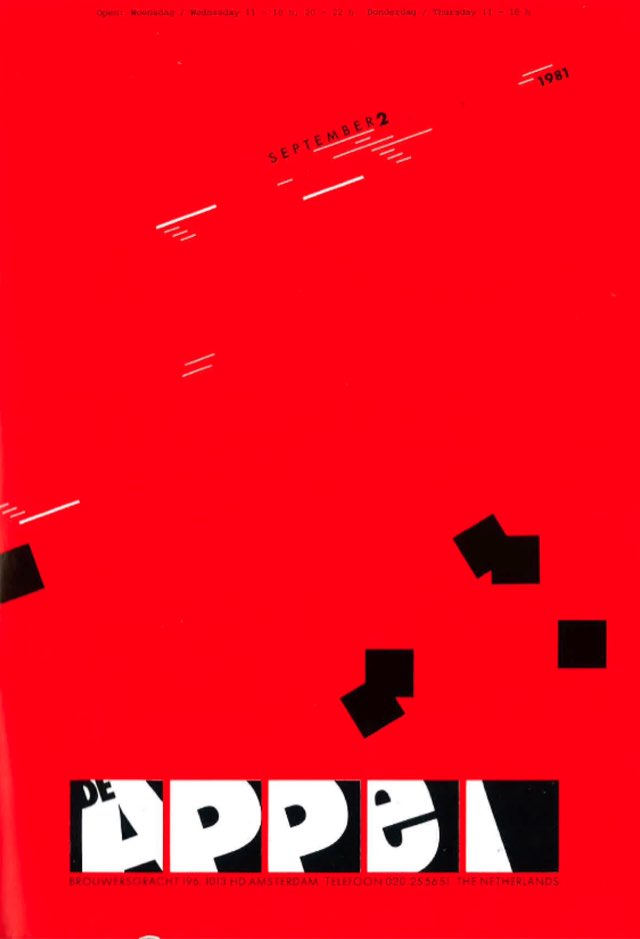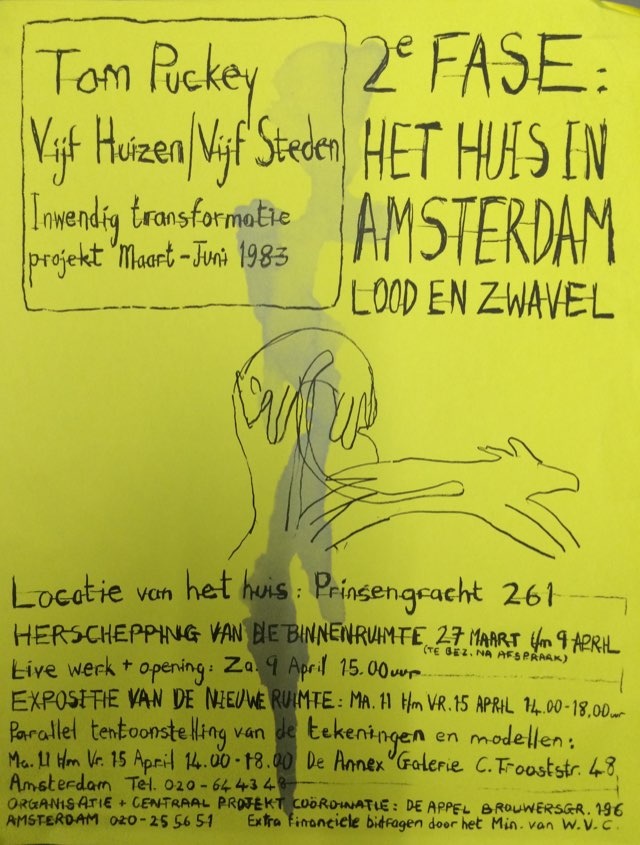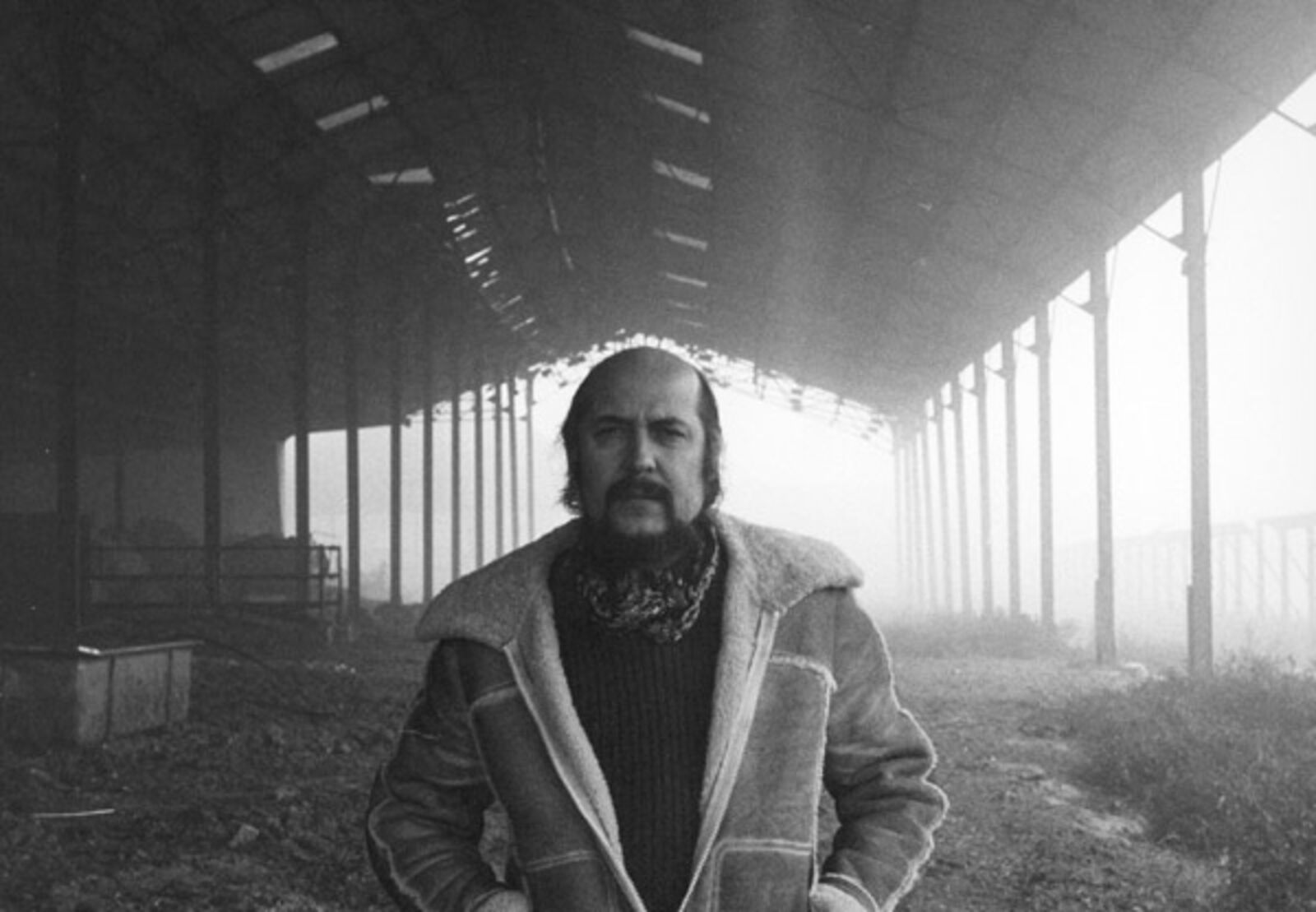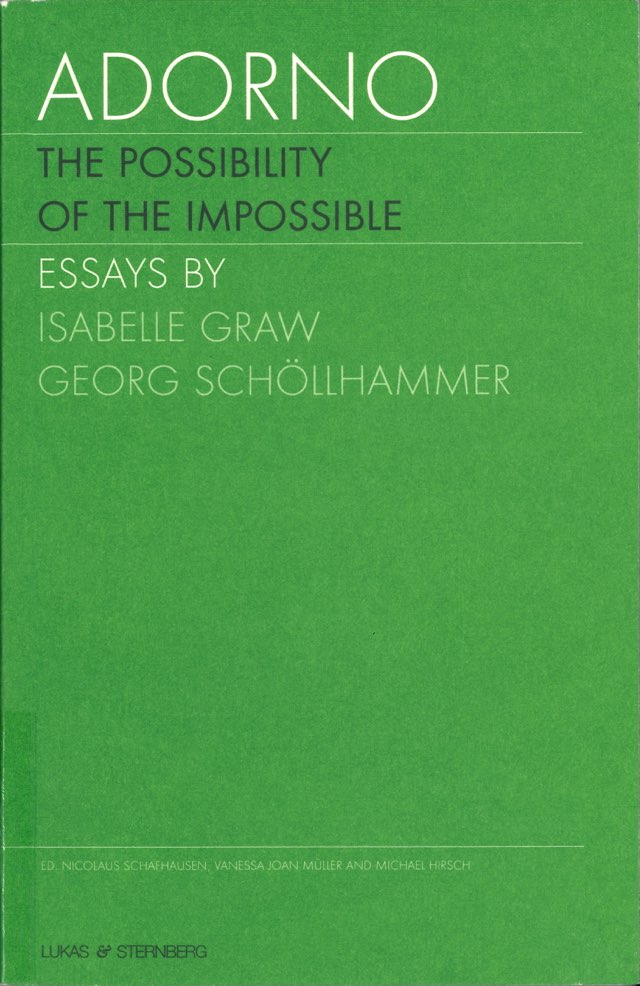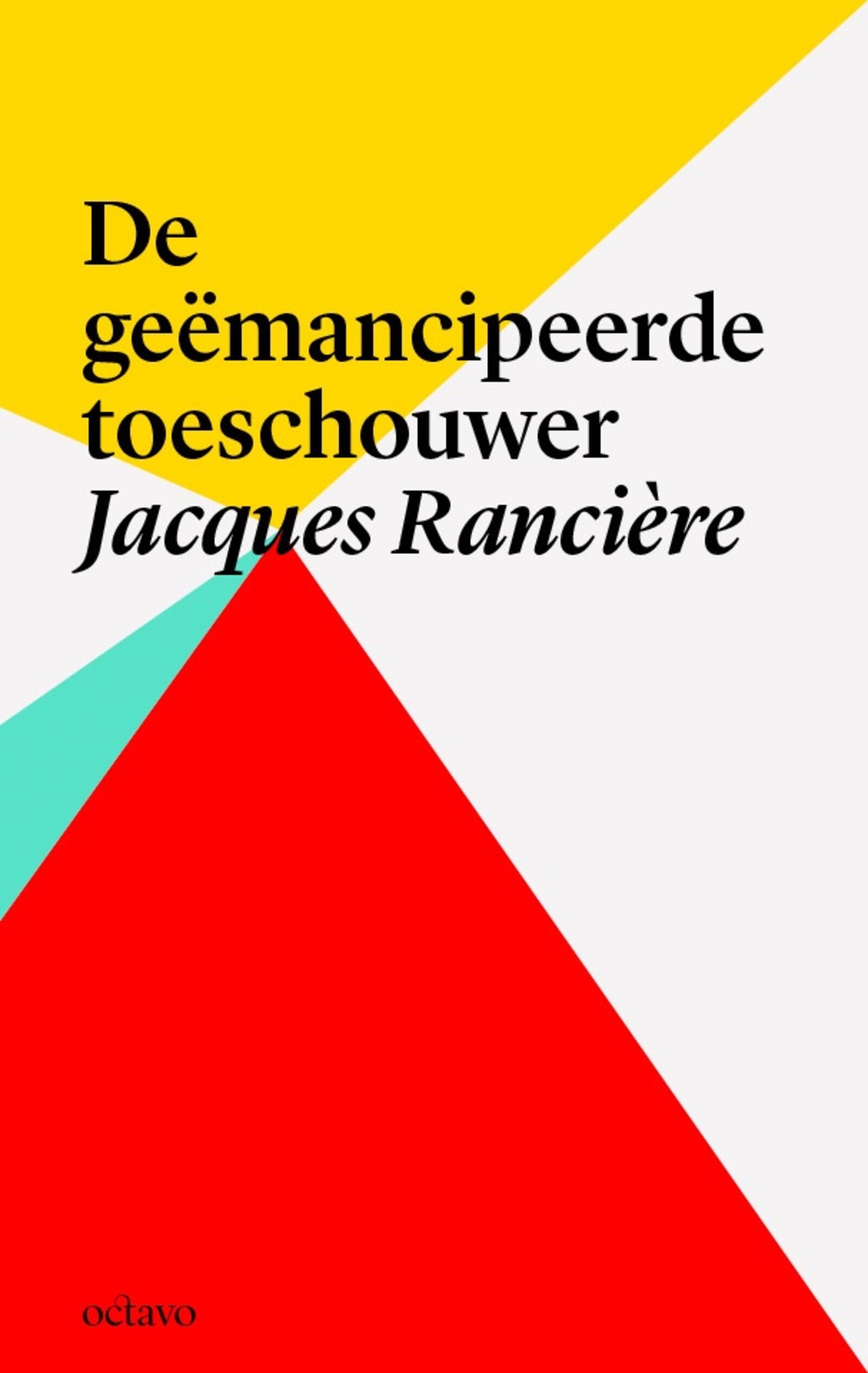Hans-Thies Lehmann "Rhizoom and machine – the pop-philosophy of Deleuze and Guattari (lecture)"
23.09.1981
de Appel, Brouwersgracht 196, Amsterdam
de Appel, Brouwersgracht 196, Amsterdam
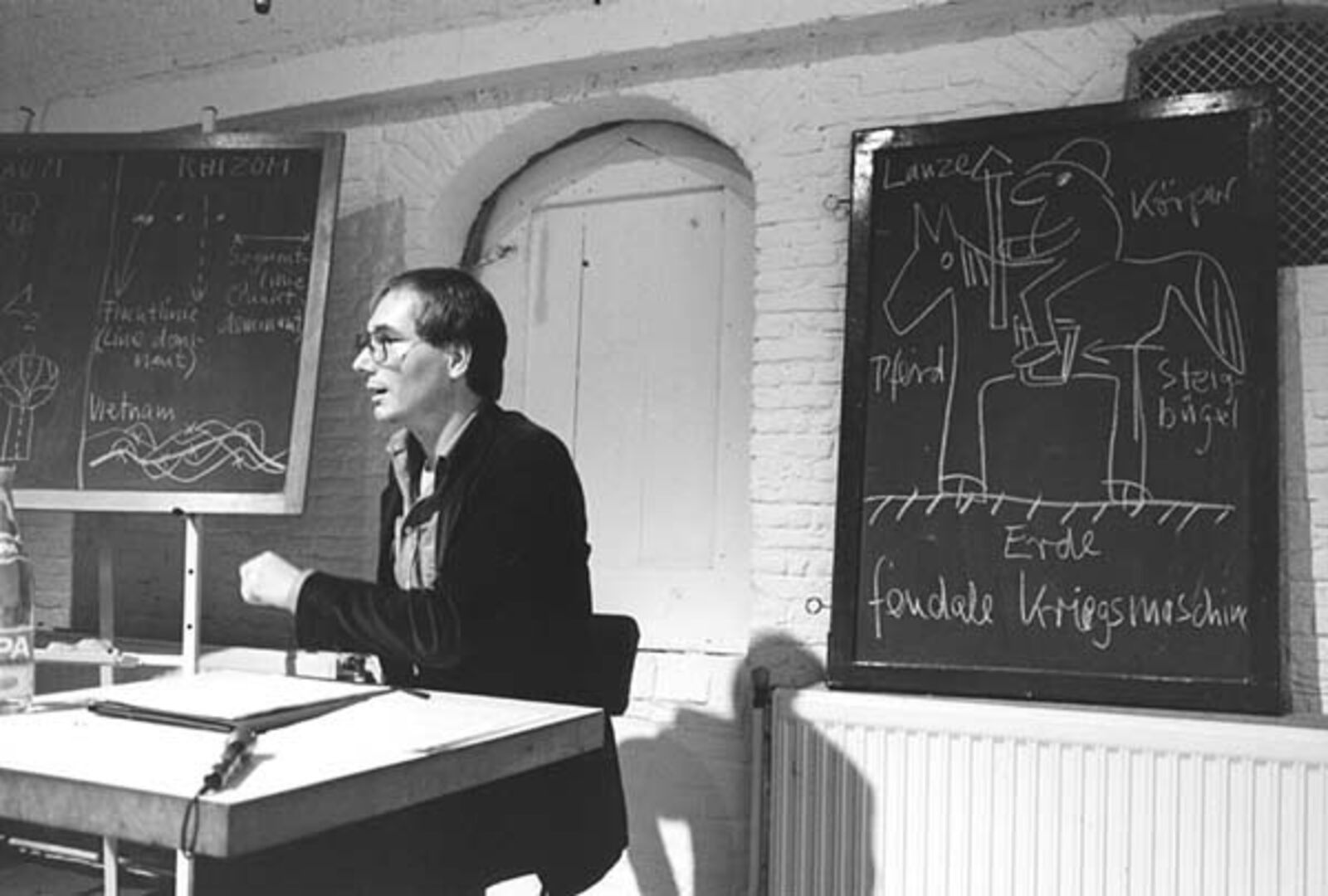
Rhizoom and machine - the pop-philosophy of Deleuze and Guattari
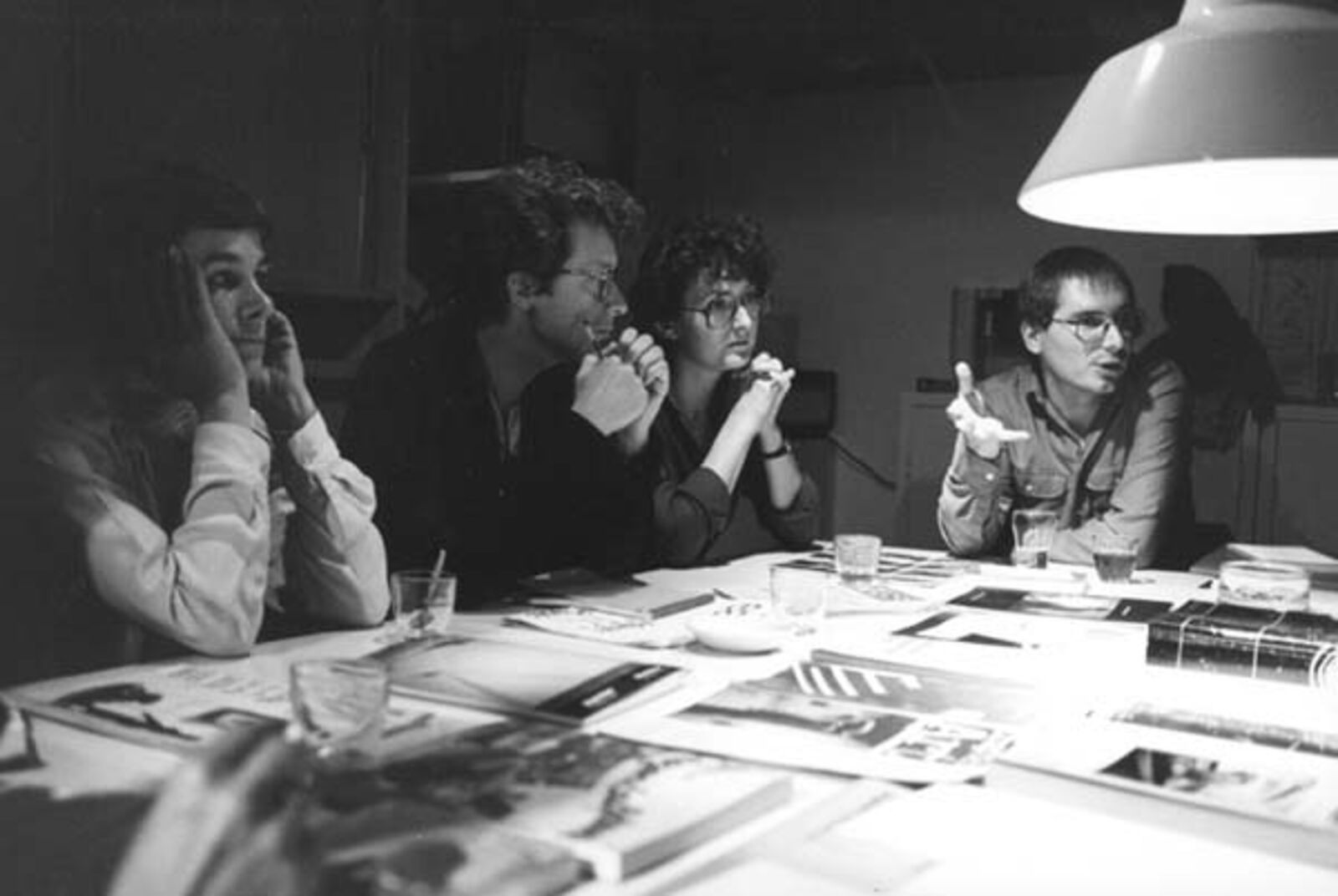
Left: Wies Smals, right: Hans-Thies Lehmann
© De Appel, Amsterdam (foto / photo: Josine van Droffelaar)
© De Appel, Amsterdam (foto / photo: Josine van Droffelaar)

Rhizoom and machine - the pop-philosophy of Deleuze and Guattari

Left: Wies Smals, right: Hans-Thies Lehmann
© De Appel, Amsterdam (foto / photo: Josine van Droffelaar)
© De Appel, Amsterdam (foto / photo: Josine van Droffelaar)
'Rhizome and machine - the pop-philosophy of Deleuze and Guattari, was the title of a lecture held on September 23rd by Hans-Thies Lehmann in Foundation De Appel. Lehmann gave an introduction to the thinking of the philosopher Gilles Deleuze and the psychoanalist Félix Guattari, pointing out the provocative nature of their writings, which stimulate a new discourse concerning psychoanalysis, politics and art. Rhizome and machine are two words which regularly appear in their work. Those terms are directed against the violence of thinking in systems. The rhizome, a root which does not develop hierarchically is, as a figure of thought, opposite the tree. In the case of trees the development is hierarchic: there is a point of origin, from which the one divides into two. The tree typifies binary logic. The word machine is used by Deleuze and Guattari to express the exteriority of relations and connections and it therefore does not denote a mechanism. A machine is in the first place a matter of co-functioning. One thing combined with another makes a machine. In politics, psychoanalysis and art it is not the subjects that are relevant, but the currents and the multiple desires in which the bodies are steeped. These currents link up with the currents of other bodies, and with elements of ideas. Those currents are inherently attached again to a bigger machine: a social machine, a labour machine. Deleuze and Guattari deliberately use the term machine in order to indicate the connection with production and productivity, which in the machine is unleashed and disconnected at the same time. Besides giving a review of the terminology of this philosophy, Lehmann discussed the relevance of this thinking to art. Art is characterized as a line of escape. The rhizome is segmented by lines (territorializing lines) and by escape lines (de-territorializing lines) , by which the rhizome escapes continuously. The term escape is of importance, because it indicates that the approach is that of the weak against the powerful. But at the same time this escape is active and must therefore be distinguished from the passive, individual escape. On the level of art this refers not to the classical work of art which constitutes an organic whole, but to the kind of art that connects energy currents and produce multiple entities. As an example of the latter Lehmann mentioned a work by Gerhard von Graevenitz; a further example, given by Deleuze and Guattari is Die Zwitschermaschine by Paul Klee. (...) Finally Lehmann pointed out that rhizome thinking gives expression in an original way to the changes which are evoked by the media in the dimension of time.’ (De Appel, 1 (1981) 3/4, p. 41.)
See also
